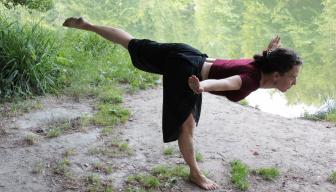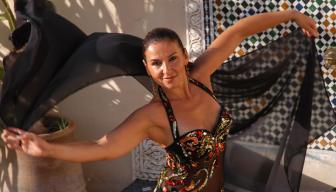DANCE & MUSIC CLASSES
Click on the map to select a geographical area ...
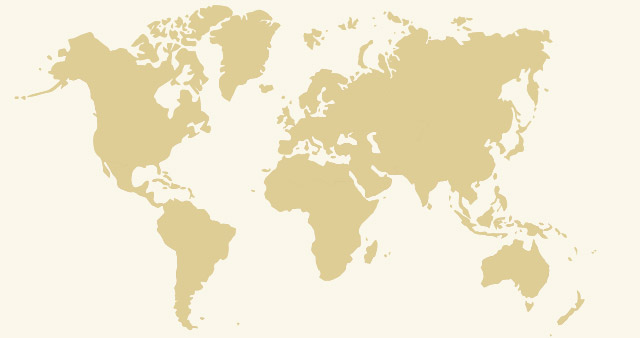




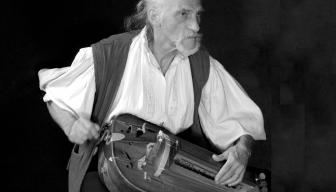
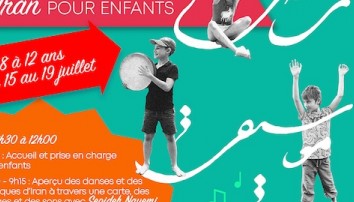
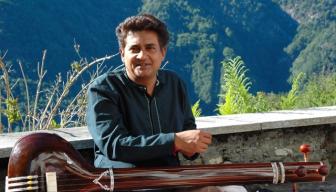
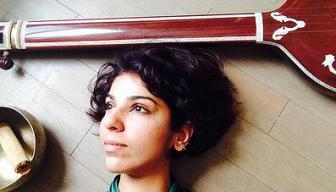
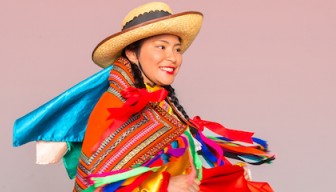
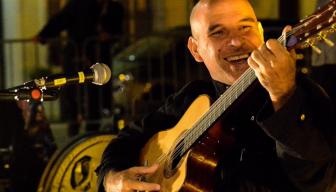
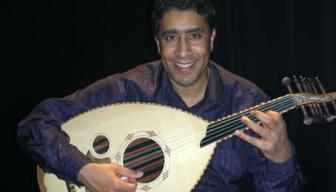
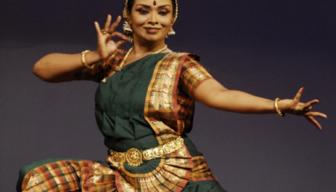
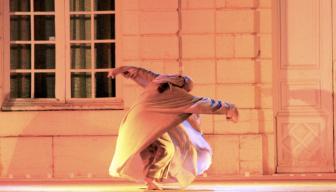

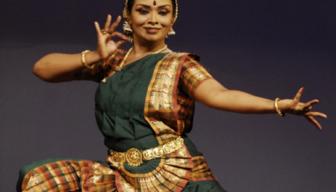
Bharat Natyam
With Sujatha Venkatesh
Bharat Natyam is the most ancient style of traditional dance in India. It is a difficult and complex dance, in which each movement of the body (abhinaya) and each hand gesture (mudra) holds symbolic meaning. What appears to be so fluid, graceful and easy demands lengthy training and daily practice.

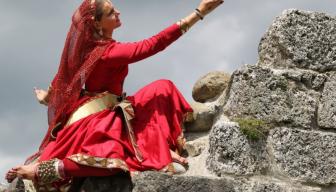
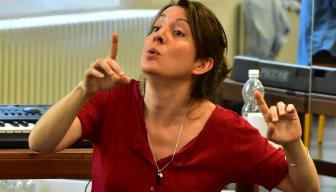
Singing the world - Méthode Martina A. Catella
With Clotilde Rullaud
Borrowing from the Inuit, Asian, and Tzigane traditions, this workshop highlights group performance and polyphonies. Each participant can develop their own ‘body-instrument’, indispensable to the expression of all sung or spoken sounds.

Traditional Dances of Hungary and Transylvania
With Pannonia
Hungary has a rich inventory of traditional music that is respected well beyond its own borders. The dances are varied and are taught to a large public of all ages during workshops or live music dance evenings (tanchaz), which is another Hungarian tradition. Bal and concert June 27th
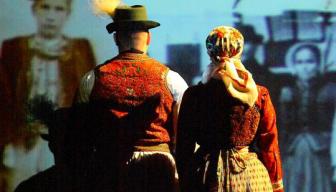
Hungarian dances - Children from 8 years
With Pannonia
The group has dancers of all levels, a rich array of cultural backgrounds and differents ages. Pannonia is active in the cultural life of the Geneva area and regularly performs at festivals, shows or parties and organizes “táncház” or “dance-houses” : dance evenings with demonstrations and teaching.
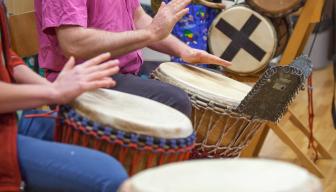

Polyphonics songs from Sardegna
With Marina Pittau - 21 & 22 September
This workshop is focused on learning a so-called “natural” technique. It involves using the chest voice or speaking voice through the development of breathing, voice techniques (timbre, resonance, strength etc) and improvisation.
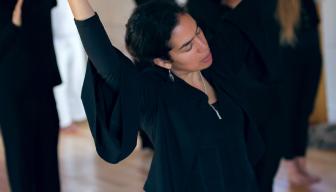
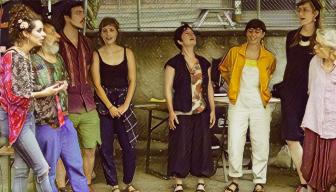
Polyphonies from France
With Marine Pelletreau
These repertoire comprising polyphonic songs with a focus on traditional French songs, were born out of an oral culture and are part of the cultural patrimony. Their multifaceted nature and musical and historical richness make for diverse material to explore: Breton, Basque, Normand, Corsican etc.

Afro-fusion dances
With Dominque Rey
This introductory dance class aims to explore the different possibilities of a body in movement by linking it to natural elements such as water, fire, earth – the elements form the common thread. Saturday's workshop's flyer
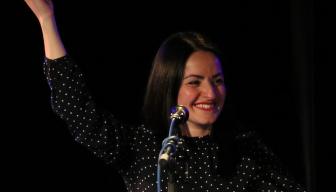

Greek Dance
With Pantelis Vervatidis
Pantelis taught for several years at the l’Association Hellénique de Genève C.H.E.F., at the Ateliers d’ethnomusicologie and the Communauté Hellénique de Genève. He continues to give classes at C.H.E.F in Geneva.
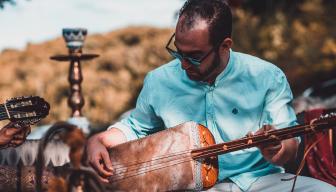
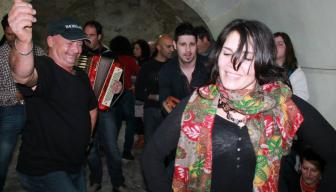
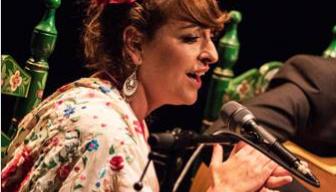


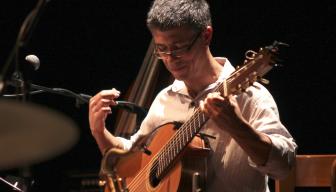
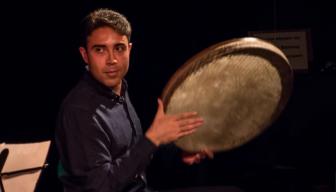

Flamenco Dance for Children and Adolescents
With Michelle Gagnaux
Classes offer insight into flamenco through rhythm and movement. They are based on warm-ups, feet techniques and arm movements, as well as rhythmic exercises using palmas and other percussion mediums. Linked steps are also taught at a level adapted to the children
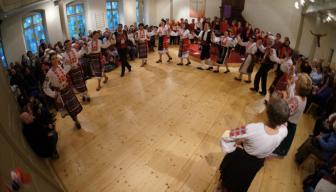
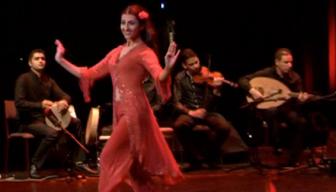
Persian Dance
With Sepideh Nayemi
The aims of this course include discovering and developing natural grace, learning to express yourself freely in movement and enjoying dancing to the subtle rhythms and melodies of traditional Persian music. Summer workshops

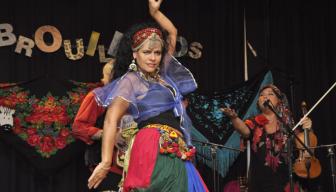

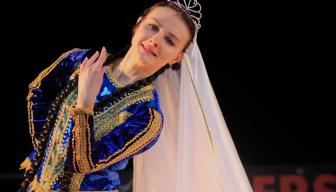
Caucasian dances
With Mariya Khan-Khoskaya
These dances belong to several distinct categories: work dances, ritual dances, military dances and women's traditional dances. Attention is drawn to the upper part of the body: the head, the movements of the arms and hands, as well as the dancer's facial expression.
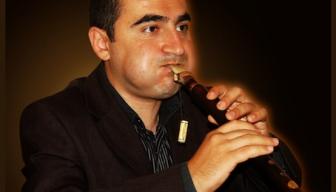
Duduk
With Levon Chatikyan
This wind instrument of Armenian origin consists of a cylindrical body and a double reed. There are 8 finger holes on the duduk’s front and two thumbholes on its back. A piece of reed acts as sound and air regulator. The duduk is a simple instrument but one that produces a unique sound.
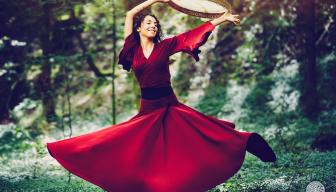
Sacred danses from Turkey
With Sevil Kara
The aim of this class is to lead each person into an interior world of dance, guided by the popular rhythms that principally originated in the music of Turkey and Kurdistan, to a place that will enable participants to find a movement that connects them with the soul.

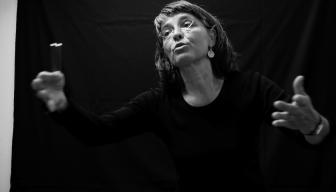
Afro-Cuban Dance
With Reinaldo “Flecha” Delgado
The dances of Cuban Rumba are rich in variety: Columbia is considered to be a very ancient type of rumba, which developed from the rhythms of Abakua rituals, Xambu is a rumba with a slow tempo, Guaguanco is a dance of courtship and a game of seduction.
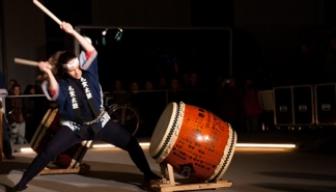

Mridangam classes: South Indian percussion
With Venkatasubramanian Pasupathy and Sivasuthan Sivarajiyer
The mridangam is a classical double drum from South India. Used to accompany songs, instruments and dance, it is made form a single piece of hollow wood, though it may have originally been made of clay.
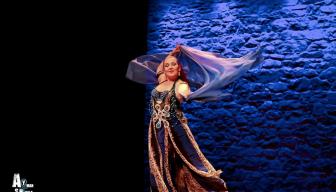
Oriental Dance
With Vivian'Adaya
Viviana sees Oriental dance as a unifying force in its traditional form, because it touches upon one’s deepest being. The dance remains both sacred and feminine for her. She recognises the therapeutic powers of dance and it is with this in mind that she transmits her knowledge.



Circle Dance
With Regula Büchler
Created to any style of music and from different traditions, Circle Dance invites us to celebrate life in all its richness. To dance, you don’t need any prior knowledge or a partner. There is no age limit. Workshop on 30th March : flyer
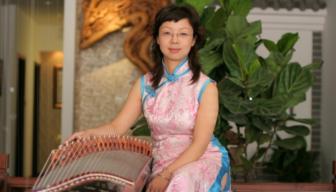
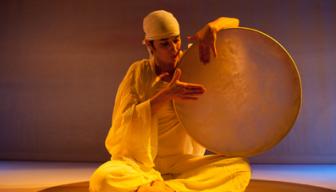
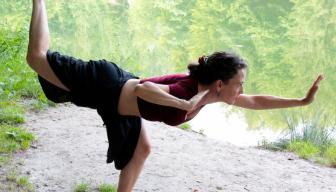
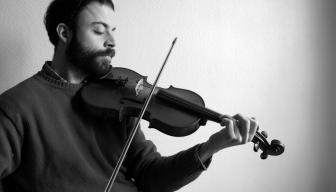
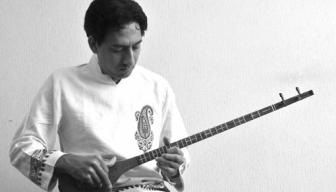
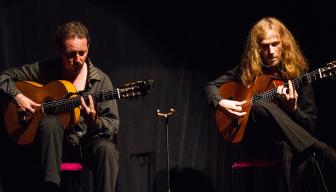
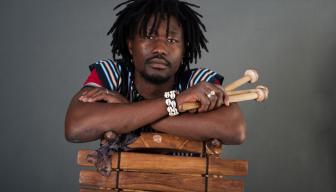
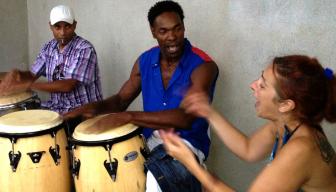
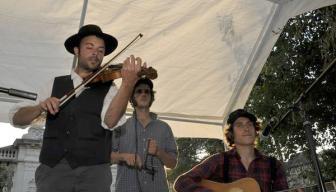
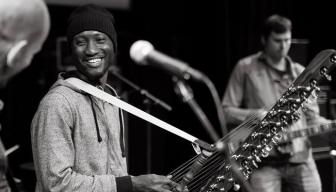
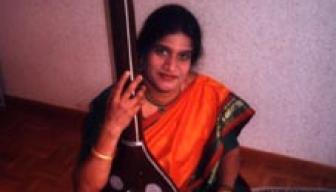
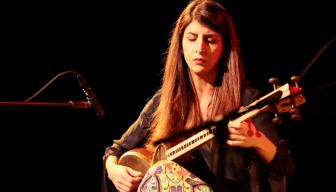

Anatolia's popular music
by Ozan Cagdas
The traditions of the ashik, the Anatolian bards whose names mean 'in love', go back to the Middle Ages. Today, this tradition is maintained by professional musicians, poets and performers who accompany their songs with various long-necked lutes: saz, divan, cura, selpe

The Tammorra and Tamburello - South Italy
With Salvatore Meccio and Massimo Laguardia
Like almost all percussion instruments, the tammorra and tamburello are social instruments. Whether in private or group lessons, the aim is to teach students to play these drums in a group situation, in keeping with the way that they are played in Southern Italy.
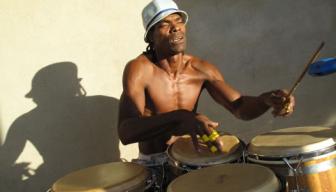
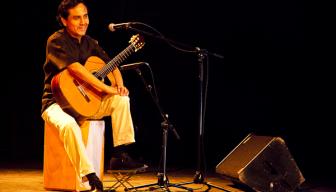
Hindustani Music : Santur, sitar or tablas
With Paul Grant
Paul Grant is a musician and teacher who has spent more than 35 years dedicated to the study of Eastern music. He is known for his mastery of the santoor in a variety of classical repertoires, including Indian, Persian, Afghan and Kashmiri. In addition to being proficient on the tabla and sitar, he has restored and made several instruments in his existential quest for perfect sound!
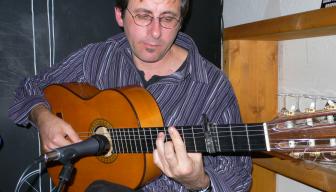
Flamenca Guitar
by Etienne Mayerat
Classes aim to pass on flamenco’s different forms, particularly those of the guitar. This includes studying the rhythmic and harmonic aspects of the principal styles (palos), as well as their cultural context. Flamenco guitar technique offers many possibilities on the guitar, whether in a group or solo.


